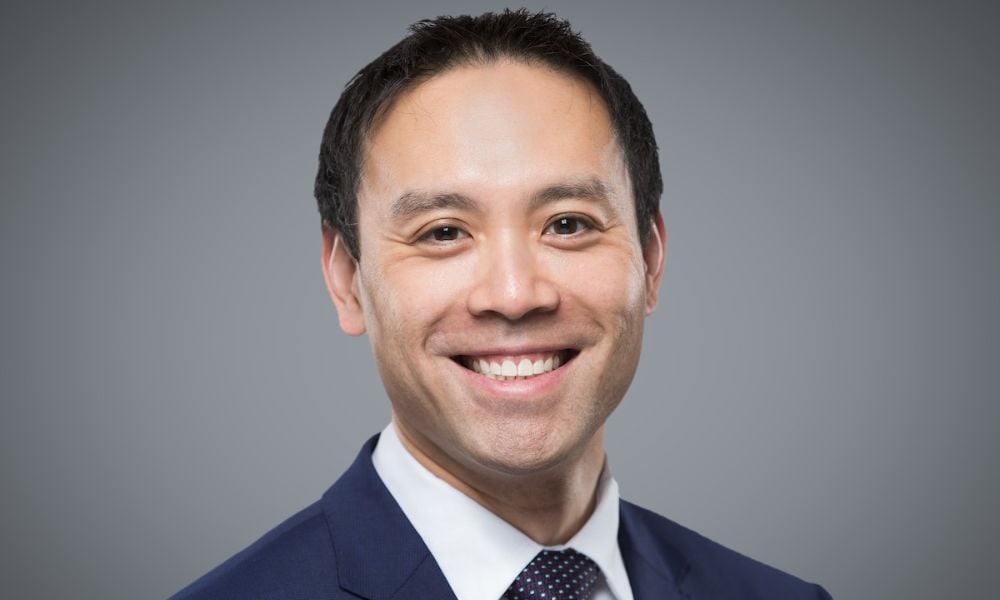Many Canadians believe that racism isn't an issue for us – not so

Canada is often considered a shining beacon of equality, diversity, and inclusion.
In fact, many Canadians believe that racism isn’t an issue for us.
Not so.
It’s fair to say that, when compared with other countries, Canada is a liberal, free, and welcoming nation. But make no mistake about it – whether overt or subtle, intentional or unintentional, racism lives here.
HRD spoke to Tamisha Parris, founder of diversity-consulting firm Parris Consulting and author of UKG’s recent whitepaper, Combatting Racism in the Workplace.
“There is often a misconception that Canada is free from racism and never had slavery,” she told HRD. “This is likely due to our well-known association with the ‘Underground Railroad,’ a covert system of routes and safe houses where slaves escaped the horrendous conditions in the U.S. and fled to Canada.”
But, as Parris told us, it wasn’t exactly smooth sailing for them when they got here – racism was rife, life was difficult, and they did not have the same rights as white Canadians.
“It’s a similar story with our First Nations communities,” added Parris. “Policies and procedures were eventually just rolled into law – ones which set the basis for the bias we still see around us.”
Today, as one of the most racially and ethnically diverse countries, Canada welcomes talent from every background and every corner of the world. Workplaces, however, can be breeding grounds for unchecked, unapologetic, and even unintentional, racism.
Parris shared some of her personal experiences of discrimination at work and revealed how HR can foster a more open dialogue around diversity.
Read more: Holiday blues: How to support staff separated from family overseas
“I’ve been told how ‘articulate’ I am for a black woman,” explained Parris. “It’s phrased like a compliment – like a ‘well done’ to me. But it’s completely unacceptable. This issue extends to recruitment and tends to be enforced through hiring practices like resume sorting. People with ethnic names who ‘whiten’ their names on resumes tend to get more interviews.
“Many people would consider Tamisha an ethnic-sounding name – so it was difficult for me when considering whether or not to whiten my name to Tammi on resumes and applications to increase my chances. I, like many others, have experienced the frustration of not getting call-backs or interviews for jobs for which I’m well-qualified.”
Read more: Revealed: Five recruitment priorities for 2021
Oftentimes, it’s not that employers are systemically racist – it’s just that broaching certain questions makes them uncomfortable. For instance, if they can’t pronounce a candidate’s name on a resume, it’s easier for them to simply not hire that person and avoid a potentially awkward conversation.
It comes down to this bizarre organizational idea of a “good fit.” Will a potential new employee “fit in” with the culture? Will they get along with their colleagues?
“What even is a ‘good fit’?” questioned Parris. “What does that look like? There are several microaggressions that people might assume are normal – but they’re discriminatory. A good fit usually means “I feel comfortable, we have many things in common, we may have gone to the same school or belong to the same clubs. A ‘good fit’ in those terms does not breed diversity or innovation.”
So, what’s to be done? How can we move forward and continue to lead the charge in acceptance and fair treatment for everyone? Well, as Parris told us, it all starts with a conversation.
“Discussing racism might be awkward for some people, but it’s necessary,” she explained.
“It’s time we got comfortable with being uncomfortable. There’s a lot of subtle racism that employees endure every day; remarks and actions which can be eradicated through training and development.
“HR has a very special role to play in this,” added Parris.
“It’s crucial that HR professionals know where the company stands when it comes to racial discrimination – what it looks like and how it can present itself. Leaders need to foster an open dialogue, one where people can speak freely. It’s about moving forward together, at every level of the organization.
“Organizations need to have policies in place to protect people. What’s more, employees need to trust that they can come forward if they feel like they’ve been victimized – and that they won’t face any repercussions for doing so.”
From there, see what you can do to educate yourself and others. It’s not difficult to find articles, books, and courses on this topic. Teach yourself things you didn’t know. Read more literature on the topic of race, and challenge your own judgments.
“Let’s have these conversations openly and frequently, so that the topic of racism at work isn’t so taboo anymore.”
To read more on how you can recognize and address racism at work, download UKG’s free guide for HR, Combatting Racism in the Workplace.








